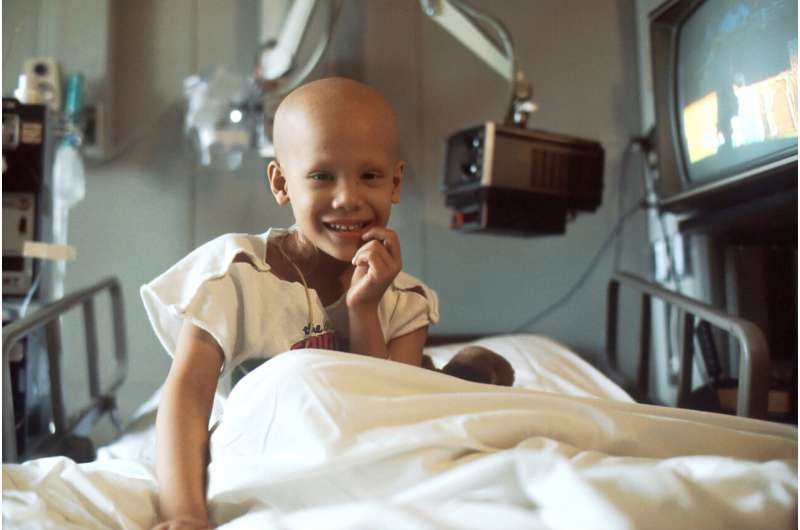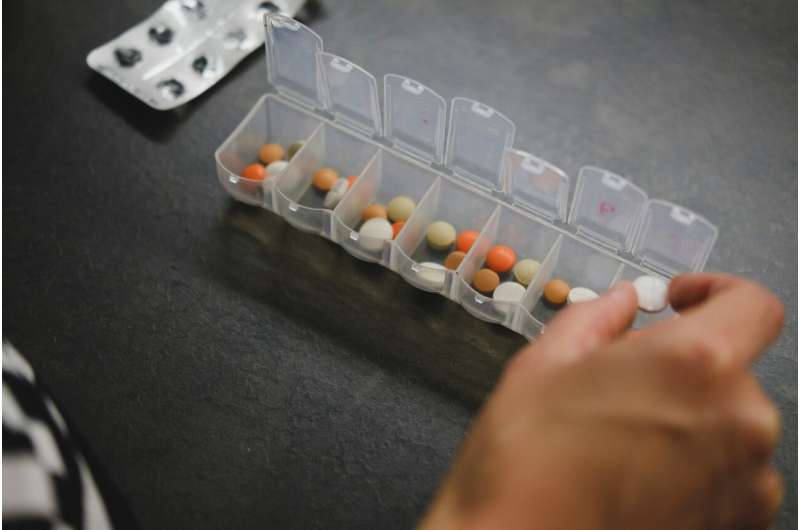Early Cancer Treatment in Children Leads to Unanticipated Muscle Loss, Study Finds

New research reveals that children undergoing cancer treatment often lose skeletal muscle when they should be gaining it, leading to increased health risks and complicating recovery. Maintaining activity levels is vital for better outcomes.
Recent research conducted by the Exercise Medicine Research Institute at Edith Cowan University (ECU) has uncovered a concerning issue: children undergoing cancer treatments often experience significant skeletal muscle loss during a critical growth phase. This muscle deterioration occurs precisely when children should be rapidly gaining muscle mass, raising concerns about heightened treatment complications and long-term health risks.
The study, published in the European Journal of Pediatrics, emphasizes that both the cancer itself and its treatments can cause muscle depletion in pediatric patients. As muscle acts as the body's metabolic reserve, its loss can reduce chemotherapy tolerance and increase the likelihood of adverse drug reactions. Moreover, decreased muscle mass makes children more susceptible to cardiovascular and metabolic issues, such as insulin resistance and high blood sugar.
During puberty, children typically gain between 3 to 5 kilograms of muscle annually. Interruptions to this natural muscle growth, if not recovered post-treatment, could have severe repercussions on their future health outcomes. The research also indicates that children undergoing cancer therapy tend to gain excess fat, further elevating the risk of metabolic syndromes and heart problems.
It's crucial to recognize that body weight alone may not reflect a child's health status. Two children with the same weight could have vastly different body compositions—one with healthy muscle, another with excess fat—and their ability to endure and respond to treatment could be very different. Changes in body composition, particularly muscle loss and fat gain, can lead to discrepancies in chemotherapy dosing and effectiveness, potentially resulting in poorer treatment outcomes.
The study highlights the importance of maintaining physical activity in children undergoing cancer treatment. Promoting age-appropriate movement and exercise, despite the challenges posed by their condition, can help preserve muscle mass and improve overall health.
In summary, this research sheds light on a hidden danger in pediatric cancer care. Addressing muscle health should become an integral part of treatment protocols to enhance recovery prospects and long-term well-being.
Source: https://medicalxpress.com/news/2025-09-children-muscle-early-cancer-treatment.html
Stay Updated with Mia's Feed
Get the latest health & wellness insights delivered straight to your inbox.
Related Articles
Innovative Treatment Shows Promise for Advanced Pulmonary Arterial Hypertension Patients
New research reveals that sotatercept, initially approved for mild PAH, significantly reduces mortality and hospitalizations in advanced cases, offering new hope for patients with this severe lung condition.
Evaluating ChatGPT's Diagnostic Capabilities: Insights, Limitations, and Future Directions
Emerging research evaluates ChatGPT's ability to assist in medical diagnosis, revealing high accuracy in identifying diseases and drugs but highlighting significant knowledge gaps and hallucination issues that need addressing.
Advancing Global Diversity in Dementia Research for Better Outcomes
A global effort led by UNSW's CHeBA is revolutionizing dementia research by emphasizing diversity to develop more effective, inclusive prevention strategies worldwide. This initiative highlights critical regional differences in risk factors and promotes global collaboration to fight dementia.



